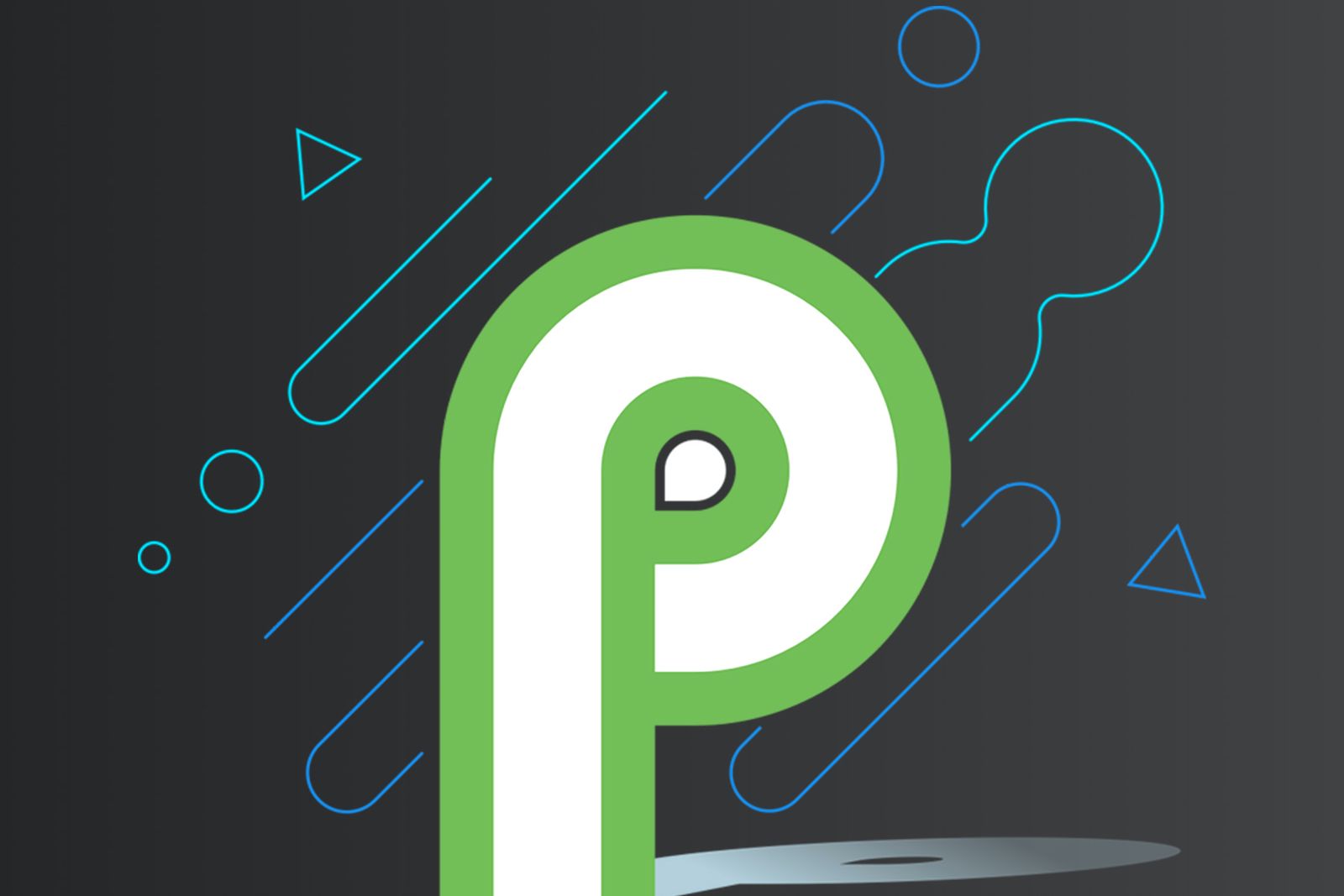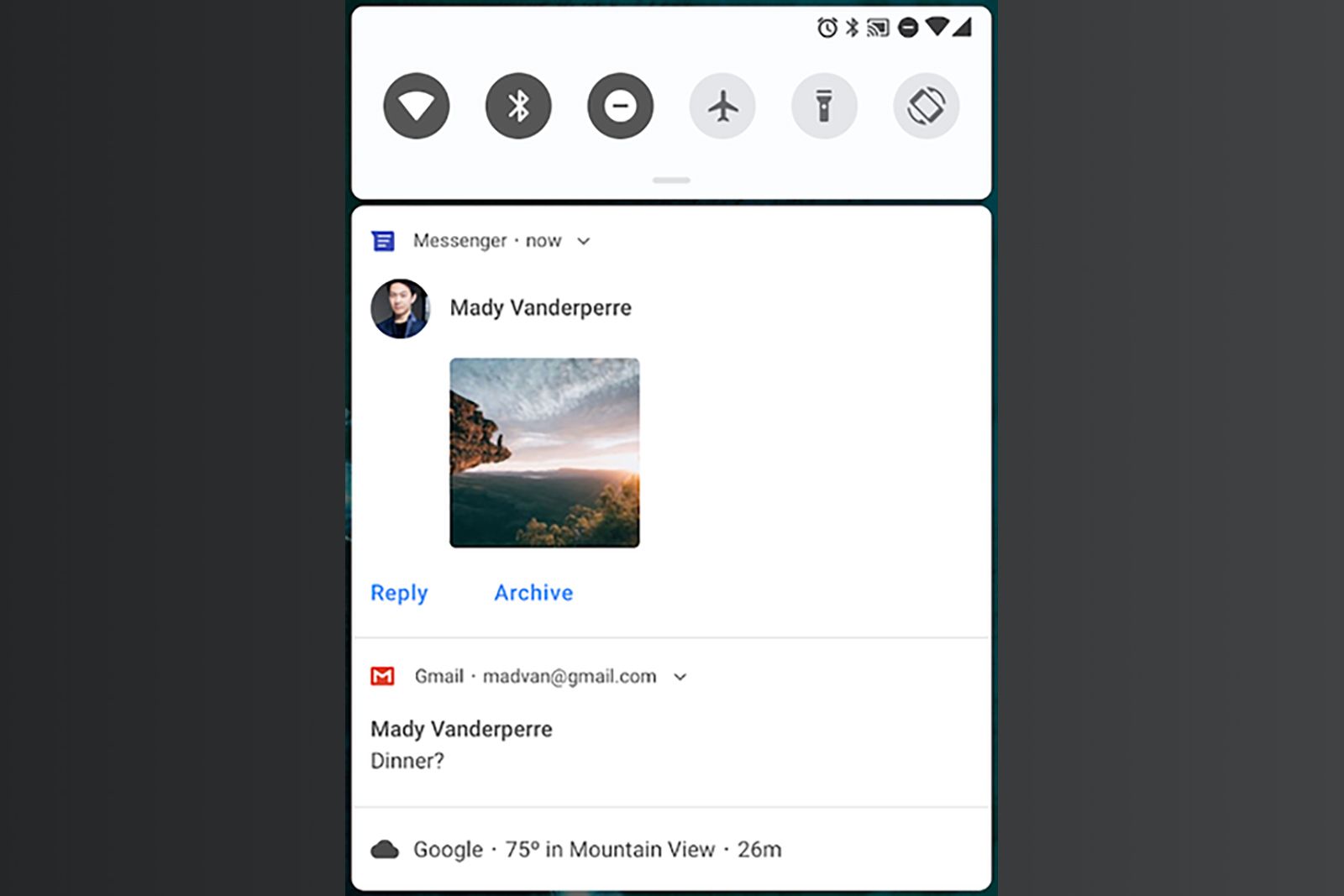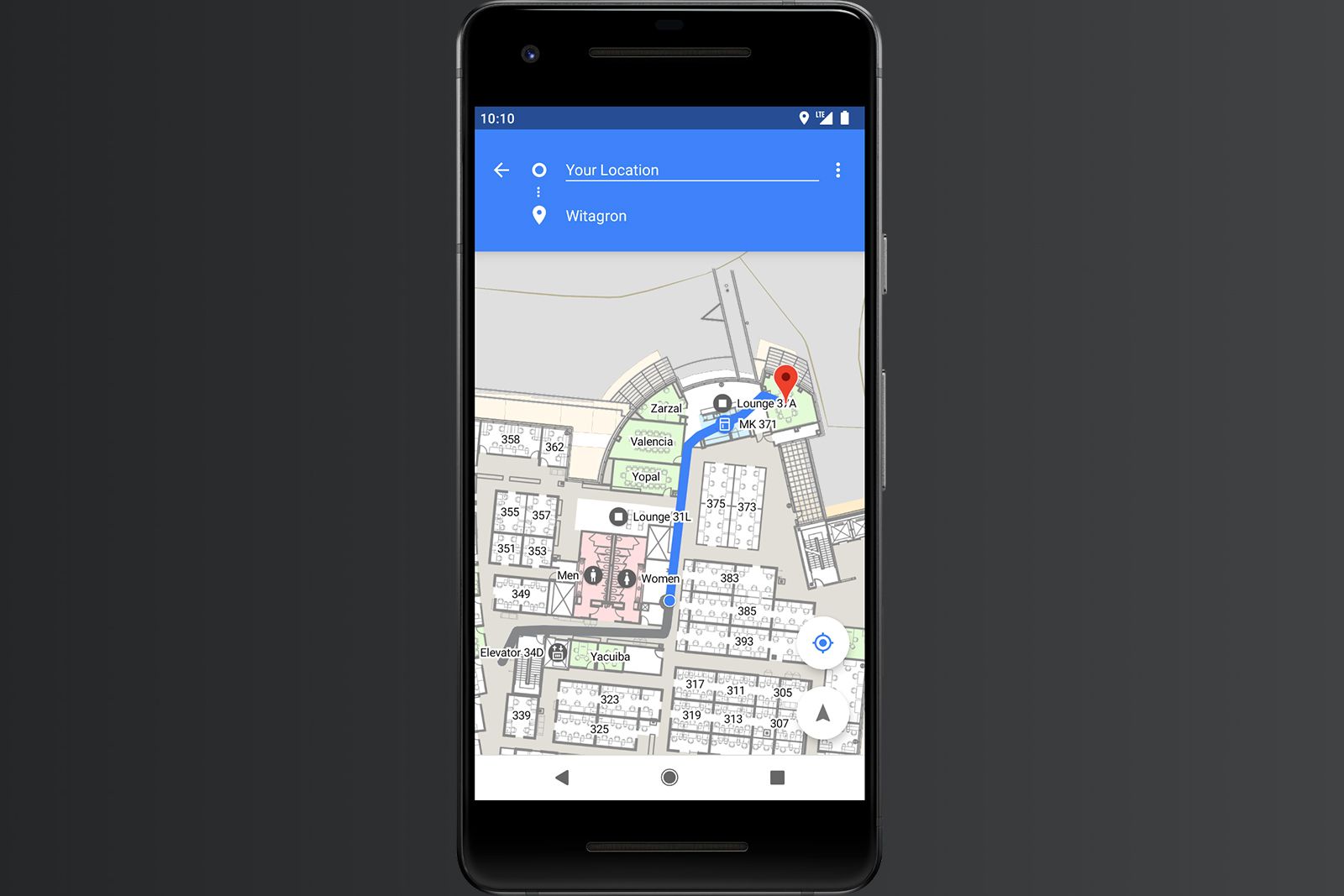Google has announced that the next major version of its mobile operating system, Android P, is available for developers to try.
That means, for the third year in a row, Google is making a developer preview for the next version of Android available in March - months ahead of a consumer release in the autumn. This one is codenamed “P,†and your guess is as good as ours as to what dessert-themed name the final version of the software will receive. We expect Google to give Android P a more formal unveiling at Google I/O 2018.
Google waited until Google I/O 2017 to release the Android Oreo public beta for regular people to try, and we suspect it will do the same again this year. In Google's blog post announcing Android P, it mostly focused on key features as well as app-building tools for developers. For instance, Google added "display cutout" support in Android P - a full-throated recognition/acceptance of iPhone X-like notches.
So, yes, you can expect more iPhone X-looking Android devices in the future. Using Android P's new tools, developers can build their apps and experiences so that they respond well to these cutouts and not have to fret about design or information being hidden behind them. Google has also added upgrades to video playback and image compression in Android P, including support for HDR VP9 Profile 2 and HEIF.
It's even providing a new Multi-Camera API for devices with dual rear- or front-facing cameras. This should open up new capabilities for apps, so that they can access streams simultaneously from two or more cameras. It can even enable a "fused camera stream" that auto-switches between two or more cameras. Developers should be able to create innovative features that are not possible with just a single camera.
Other notable Android P features/tools include: rich messaging notifications that highlight who is messaging, shows full conversations, and allows attachments of photos and stickers and even suggested smart replies; and the ability for developers to take advantage of indoor positioning in their apps so that they can track users indoors - with permissions - using a technology called Wi-Fi Round-Trip Time (RTT). In one example, Google said developers could use it to create location-based experiences with voice control (e.g., "Turn on this light").
On the security side, Android P will prevent apps from using your smartphone’s mic or camera whenever they’re in the background and not actively being used on screen. As for all the minor stuff in Android P, Google has implemented various updates to autofill, the Neural Networks API, and power efficiency. But it said more features, tools, and capabilities would be added later in the developer preview, too.
And finally, Google declared that, starting in November 2018, all Android apps that developers submit to the Google Play Store will need to target Android Oreo or newer, and, at some point next year, all Android apps will need to support 64-bit hardware, as well.
If you are a developer who wants to dig into Android P and all these new upgrades now, join the just-launched preview. You must run it on a Google Pixel, Google Pixel XL, Google Pixel 2, or Google Pixel 2 XL, and you'll need to manually download and flash the developer preview to the device, which gets a bit tricky, though we've discussed most of the steps in our public beta guide for Android O.
We don't recommend doing this if you're not a developer. Instead, you should wait for Google to open up its public Android Beta program.



